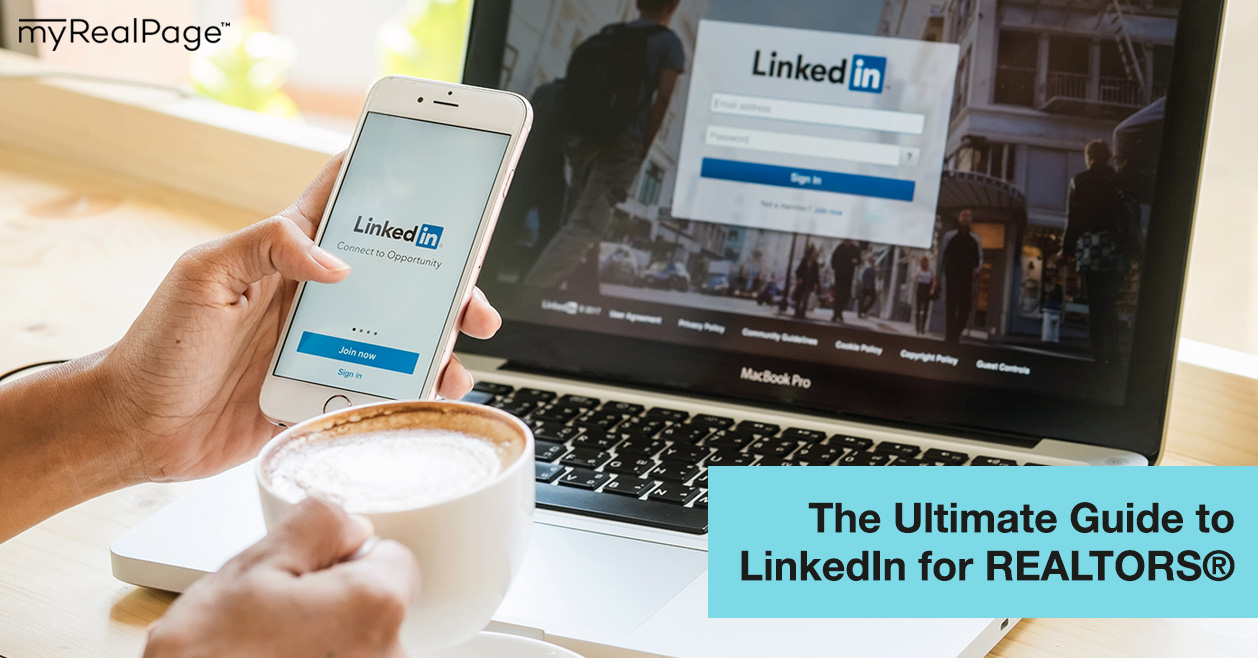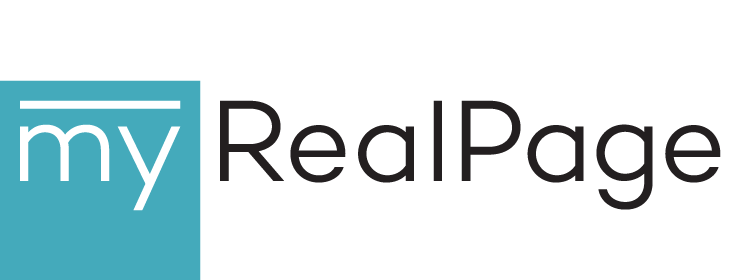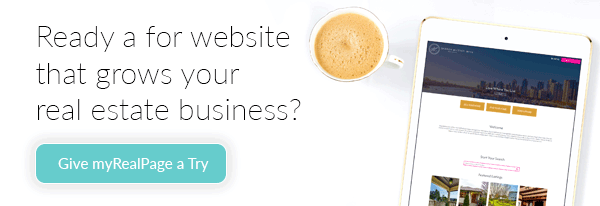The Ultimate Guide to LinkedIn for REALTORS®

LinkedIn: the most misunderstood marketing tool.
As the social network for professionals, LinkedIn is often treated just as a simple networking tool. Basically, people who have done or want to do business together try to connect and maybe trade a message or two. The end.
That’s why so many real estate agents aren’t incorporating LinkedIn into their marketing plans for their real estate business.
This is too bad, because when used strategically, LinkedIn can be a goldmine for leads.
Operative word being “strategically.”
This is how real estate agents can use LinkedIn to market their business and generate leads: the ultimate guide to LinkedIn for REALTORS®.
1. Create An Awesome Profile
People often treat their LinkedIn profiles like a digital version of their resume, and use it to showcase what they’ve done.
As a REALTOR®, you should use your LinkedIn profile to show off what you can do for clients.
Your profile needs to be engaging, easy-to-read, personable, and convincing.
When putting your profile page together, here’s a few tips:
Pick a High-Quality Photo
Your LinkedIn profile photo doesn’t necessarily have to be a traditional headshot, but it does need to be high-quality.
Use a high-resolution image to avoid any graininess. Try to use one that features you looking at the camera, smiling, and wearing appropriate attire (this might not be a good place for your photo in swimwear).
Customize Your URL
Your LinkedIn profile will automatically be assigned a random URL that you’re able to edit.
You can and should customize this. Just use your full name, and avoid unprofessional-sounding online handles (we’re looking at you, “xXXcrazyforhomezXXx”).
For example: linkedin.com/in/johnsmith.
Write an Engaging Headline
Your profile headline is what appears directly below your name.
After your photo, it’s the first element of your profile that people will notice.
Because it’s only two lines worth of text, visitors will read it in its entirety — and they’ll hopefully be convinced to read the rest of your profile.
Tim Queen, a popular LinkedIn strategist, has some great formulas for creating a winning LinkedIn headline. One of our favourites would be the “tangible benefits of working with me headline.”
For example: “Helping 1000 People (and Counting!) Find Their Dream Home in York Region.”
Write Good Copy
The Summary section is the next most important part of your profile. This is where you can really sell yourself.
Your guiding principles for this section are:
– Be short and sweet. Try three short paragraphs (of three to four lines each), or two short paragraphs and a bulleted list. Every word counts. No one wants to read an essay-length summary.
– Be engaging. Show off your personality. Let visitors get a sense of who you are.
– Answer the five W’s. Who are you and what makes you, you? What do you do and what sets you apart? What area do you work in? When did you get your start in real estate, or, when and why did you become a real estate agent? Why should someone work with you? Use these answers as a framework for writing your summary.
Add Highlights and Accolades
The rest of your profile is largely a history of your employment.
You can use a few bullets to summarize not only your responsibilities, but also showcase what you’ve learned and/or achieved.
For example, if you were summarizing a previous job as a youth employment counselor, you might say that you’ve “built relationships with ambitious people and helped connect them with opportunities,” or that you’ve “developed a love of working one-on-one with people and supporting their success.”
Add Testimonials
There’s a section on your LinkedIn profile called “Recommendations.”
This is where you can request a written recommendation from one of your LinkedIn connections.
Once you’ve built up your LinkedIn network to a point where it includes happy past clients, use this tool to request a testimonial from them.
2. Start Building Your Network
Growing your LinkedIn network will be an ongoing activity, but once your profile is complete, it should get pretty easy.
Start with the low-hanging fruit, a.k.a., people you know personally. This includes family, friends, past clients, colleagues, and people you know in the community.
However, don’t send requests out willy-nilly.
This is mainly because a there is a large number of LinkedIn members who send requests to anybody and everybody, even people they don’t really know. These members resort to spamming strangers simply to increase their contact count. Don’t be one of these people.
If you want to send a request to someone you haven’t actually met, make sure you have good, professional reason to want to connect.
For example, you can try to send an invitation to an interior designer whose work you love, so that perhaps you can do business in the future.
Once you start actively participating on LinkedIn (something that we’ll be discussing next), you can start sending requests out to a wider group of users, such as local residents who fit your target demographic.
3. Join Groups
Like Facebook, LinkedIn has themed groups for connecting, discussing and sharing.
It is advisable for real estate agents need to join these groups to increase their visibility, and start making connections with possible leads.
However, choose groups carefully!
To make your participation effective, you’ll want to join groups with members that represent your target market, such as people who live in your area. As an agent, geography should be the most important factor when looking for groups to join.
Another important reminder would be to make sure the group’s topic is one that you can actually weigh in on, such as local business. A group about programming, for example, might not be one where you can add or derive any value (unless of course, you happen to also moonlight as a programmer).
Once you’re in these groups, be authentic when you participate.
Comment on posts, publish your own, weigh in with ideas and advice, and share articles you think are relevant and interesting.
DON’T directly market your business, though, unless someone else specifically asks for a real estate agent recommendation. Outright promotion of your business is usually seen as spammy and annoying, and you might end up with negative outcomes.
4. Publish Content
When you log into LinkedIn, you’ll notice that at the top of your feed is an space where you can write an article, or share other media and content (just like on Facebook and Twitter).
Use it, and use it well.
Sharing content on LinkedIn is essential for creating engagement, building awareness of your business, and growing your network. Ultimately, these should end up with you generating real leads on the platform.
Try your best to share something at least a few times a week.
Don’t worry, it doesn’t have to be a thought piece or essay each time. In fact, you can just share interesting (and relevant) links or photos, or maybe your latest blog post accompanied by an interesting caption.
Are you using LinkedIn to market your real estate business? What have been your challenges and successes so far?
Last Updated on July 12, 2024 by myRealPage


